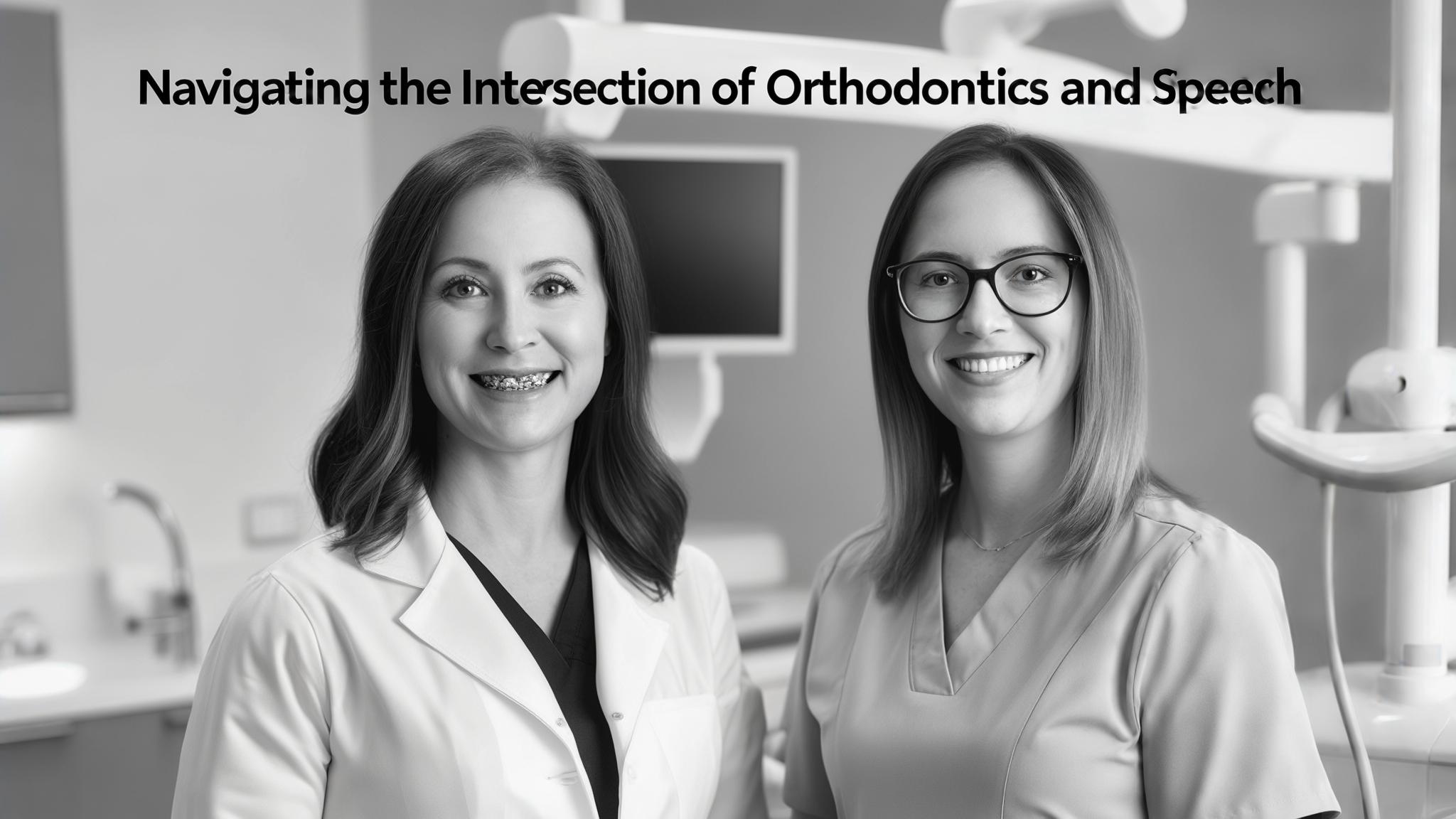Understanding Orthodontics
Orthodontics is a specialized branch of dentistry that focuses on diagnosing, preventing, and correcting misaligned teeth and jaws. Orthodontic treatment can involve various appliances, including traditional braces, clear aligners like Invisalign, and other devices designed to guide teeth into proper positions. The duration of treatment varies depending on individual needs but typically ranges from 18 months to 3 years.
The primary goals of orthodontics are to correct misaligned teeth, improve bite and jaw alignment, and enhance overall oral function. By achieving these goals, orthodontics not only contributes to better dental health but also boosts self-confidence by improving aesthetics.
The Connection Between Orthodontics and Speech
Our dental structure plays a crucial role in how we speak. Teeth and jaw alignment affect the production of sounds by influencing how air flows and how the tongue moves within the mouth. Proper placement of the tongue and controlled airflow are essential for clear articulation.
Certain speech sounds are particularly affected by dental issues. Sibilant sounds like 's' and 'z' depend heavily on the precise alignment of the teeth. Fricatives such as 'f' and 'v' also require specific positioning of the teeth and lips. Additionally, plosive sounds like 'p', 'b', 't', and 'd' involve the lips and teeth working together to stop and release air effectively.
Impact of Orthodontic Treatment on Speech
When orthodontic appliances are first placed, many patients experience changes in their pronunciation. This is because the mouth needs time to adapt to the new structures. During this adaptation period, temporary speech difficulties are common, but these generally improve as patients become accustomed to their appliances.
In the long term, orthodontic treatment can lead to significant improvements in speech. As teeth and jaws move into better alignment, pronunciation often becomes clearer, and articulation improves. However, it's important to note that individual experiences vary. Factors such as age, the severity of the initial misalignment, and the type of treatment can all influence how speech changes.
Monitoring and Addressing Speech Changes
Maintaining open communication with your orthodontist is crucial. It's important to discuss any concerns about speech during consultations and attend regular check-ups to monitor progress. If speech difficulties persist, a speech therapist can provide additional support. Speech therapy can be particularly beneficial, offering techniques to improve clarity and help patients adjust to their new dental configuration.
Conclusion
The journey of orthodontics is not just about achieving a beautiful smile; it also encompasses the intricate relationship between dental alignment and speech. While initial changes in pronunciation can be challenging, the long-term benefits of improved clarity and articulation are well worth the effort. By embracing patience and practice, patients can look forward to optimal speech outcomes after treatment.
References
For those interested in exploring further, numerous studies and articles delve into the relationship between orthodontics and speech. Additionally, resources are available for those seeking more information on orthodontic treatment and speech therapy. These can provide valuable insights and support throughout your orthodontic journey.

